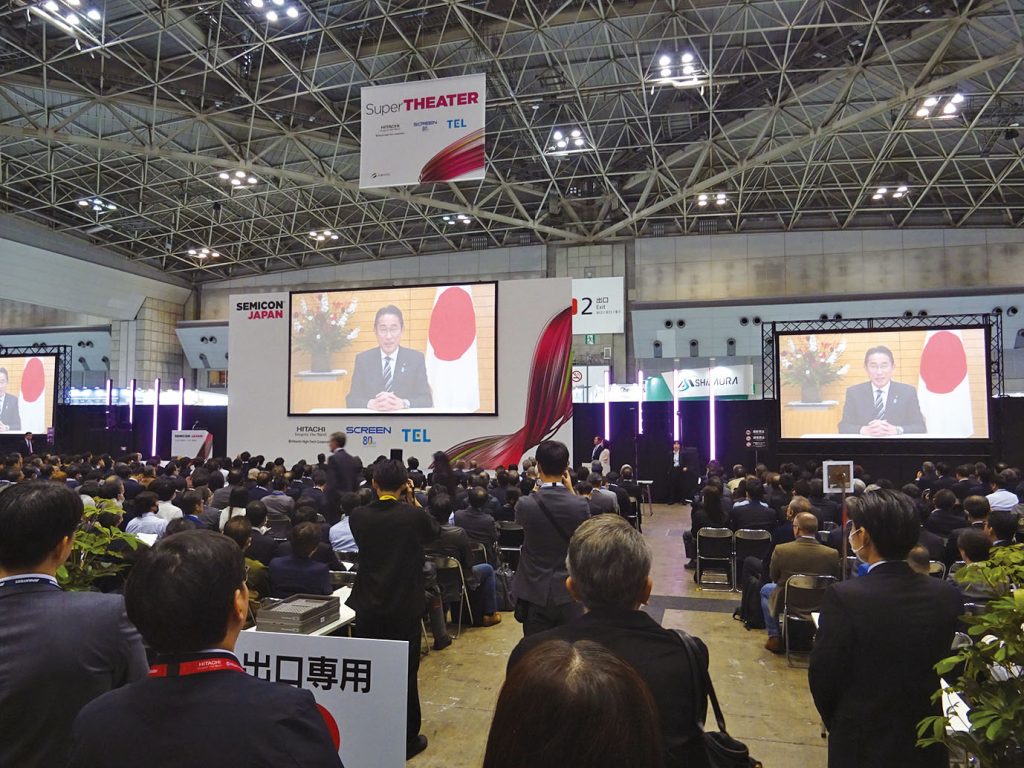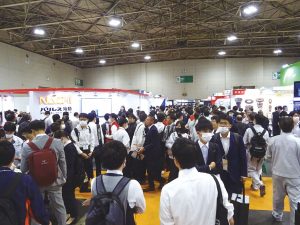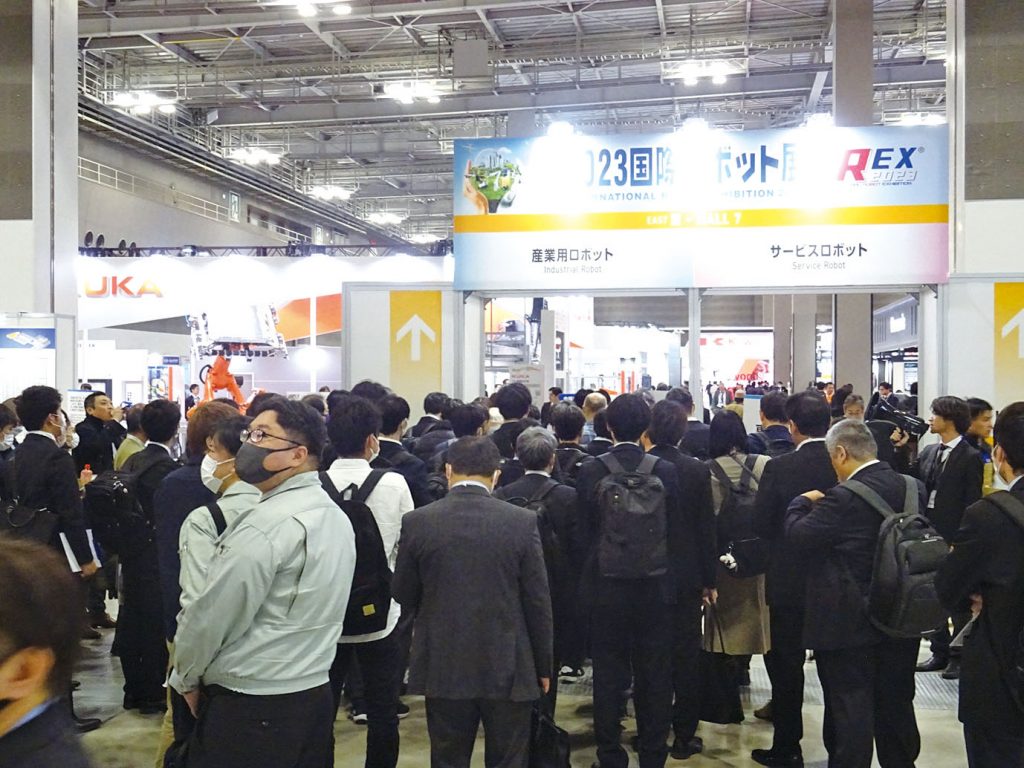
- News
- Basics
- Products
- JP Job shop
- Exhibition
- Interview
- Statistic
- PR
- Download
- Special contents
News
January 5, 2024

In 2023, the Japanese machine tool industry remained at a certain level for the time being, due to an abundant backlog of orders, which led to sales, and numerical growth due to the weak yen. Looking ahead to 2024, all customer industries appear to have the potential for solid growth. The key point is that there are healthy customers looking for more advanced equipment. Industrial growth can only be achieved through the relentless pursuit of progress. As the overall economy recovers, there should be more bright spots.
Let’s start with statistics from the Japan Machine Tool Builders’ Association (JMTBA). The cumulative total of orders for 2023 from January to November is 1,359.4 billion yen, down 16.0% from the same period last year. This is a clear indication of Japan’s economic conditions in 2023. Not good, but not bad. The reason for “not bad” is that the “100 billion yen in new orders in a single month,” which is considered a benchmark for favorable or unfavorable conditions, has been met for about three years. On the other hand, many voices have been heard in the industry that the market is in a “recession”.
Although there were strong fears that the economy would enter a recession in 2023, a look at the business results shows that market conditions in the machine tool industry have not been bad. Machine tool sales generally increased due to the large backlog of orders, and since it is an export industry, Japanese sales are growing numerically due to the weak yen.
The global economy in 2023, as expected, showed a moderate recovery as the pandemic subsided and soaring resource prices, inflation, and other factors came to a halt. At the same time, however, geopolitical risks such as the invasion of Ukraine, the Gaza Strip, and the confrontation between the U.S. and China have not yet bottomed out, and are even increasing. There is also the economic slowdown in the Chinese market, which tends to drag down the global market, and there is still a strong sense of uncertainty about the future. The list of reasons why the economy is not doing well is endless.
The industrial structure and investment trends are also changing. Initially, machine tool demand is being solidly supported by the investment plans of large enterprises. Now, in addition, the global investment trend, which used to be concentrated in the Chinese market, is changing due to the U.S.-China conflict and supply chain restructuring. Reshoring in the U.S. and other countries has led to huge capital investment by global companies.
Additionally, labor shortages are driving the need for automation and increased productivity. Investment in automation is not limited to the introduction of industrial robots. When efficiency is required as a whole production system around machine tools, demand increases not only for individual machines, but also for peripherals, software and other ancillary equipment and system upgrades. Then, the complexity of projects increases and the unit price goes up. All this means that more capital investment is required. In other words, the polarization between companies that are willing and able to invest in growth and those that are not is more evident than ever.
Given this, it is not surprising that the performance of the machine tool industry has not collapsed in a big way.
There are certainly companies that are actively investing. And they are not necessarily just large companies. There are always industries and companies that are constantly looking for the next level of growth. Those companies are likely to continue to drive the demand for capital investment this year.

MECHATRONICS TECHNOLOGY JAPAN 2023
From October to December last year, major exhibitions such as MECHATRONICS TECHNOLOGY JAPAN 2023 and 2023 INTERNATIONAL ROBOT EXHIBITION were held, all of which attracted large numbers of visitors. At the Japan Mobility Show (formerly Tokyo Motor Show) 2023, proposals for electric vehicles abounded, and at SEMICON Japan 2023, Prime Minister Fumio Kishida delivered a video message to visitors, reflecting the shared momentum for semiconductors as a strategic asset.
Exhibitors at several exhibitions pointed out that “the number of visitors who came to the exhibition for more serious research and evaluation, rather than just to gather information, has increased”. At the same time, however, some said that “the exhibition effect (direct and immediate link to demand) is diminishing compared to the past”. An era may have dawned in which quality is sought more deeply, including at exhibitions.
SEISANZAI Japan looks ahead to this year’s five markets – automotive, robotics, aerospace, semiconductor manufacturing equipment, and die/mold – and explores the “growth potential” of each industry. While there are no definitive signs of explosive growth, we should be able to find positive aspects of this year in each of these stories.
By: Takashi Haga
Deputy editor-in-chief, SEISANZAI Japan

2023 INTERNATIONAL ROBOT EXHIBITION

Japan Mobility Show (formerly Tokyo Motor Show) 2023

SEMICON Japan 2023
December 29, 2023
February 1, 2023